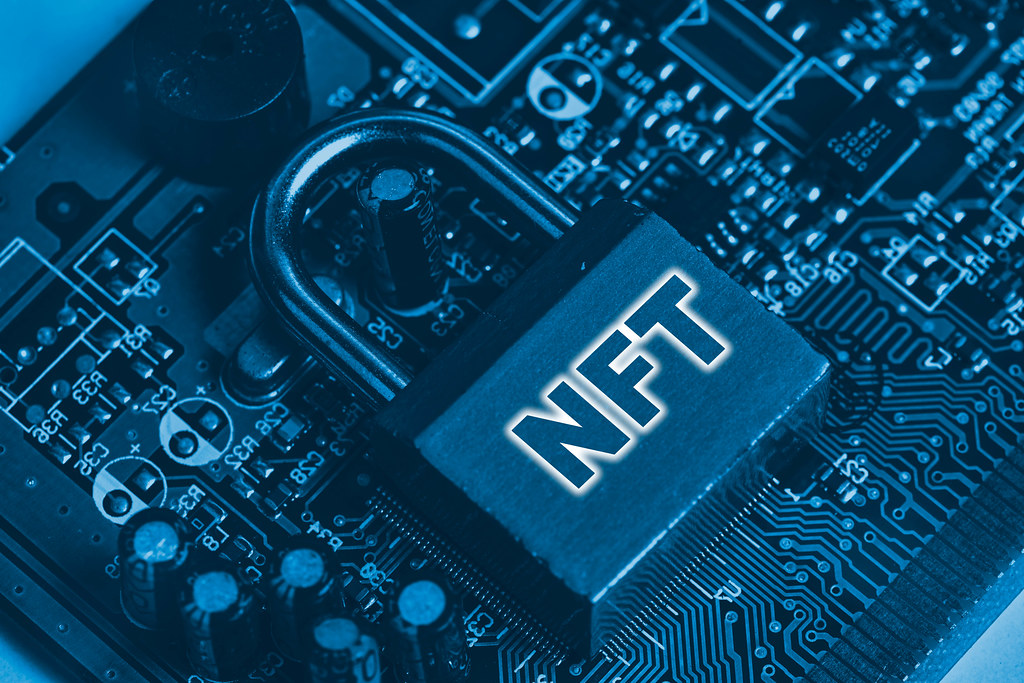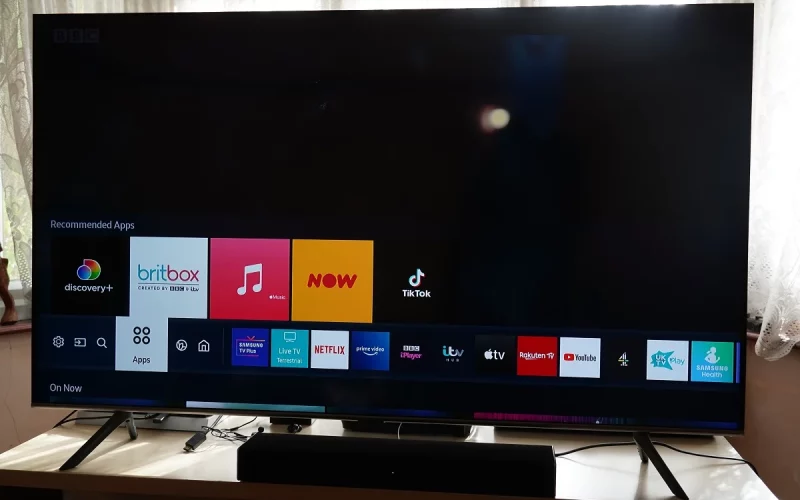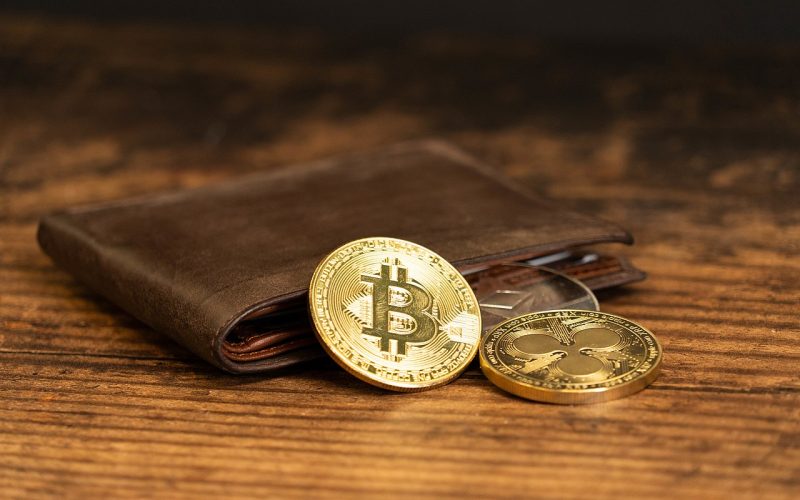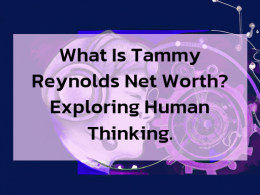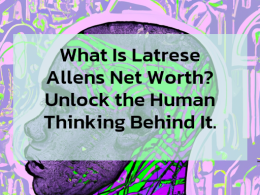When it comes to creating non-fungible tokens (NFTs) on the Ethereum blockchain, two popular token standards are ERC1155 and ERC721. Both token standards provide a way to create unique digital assets that can be bought, sold, and traded, but they differ in their structure, features, technical implementation, and security. In this article, we will provide a comprehensive comparison of ERC1155 Vs ERC721 tokens, so you can choose the right token standard for your project.
Introduction
Before we dive into the differences between ERC1155 and ERC721 tokens, let’s briefly explain what these token standards are and why they matter. ERC1155 and ERC721 are both Ethereum-based standards for creating non-fungible tokens (NFTs), which are unique digital assets that cannot be replicated or exchanged for other assets on a one-to-one basis. Each NFT has a unique identifier, or token ID, that distinguishes it from other NFTs. NFTs can represent a wide range of assets, including artwork, collectibles, game items, and real estate.
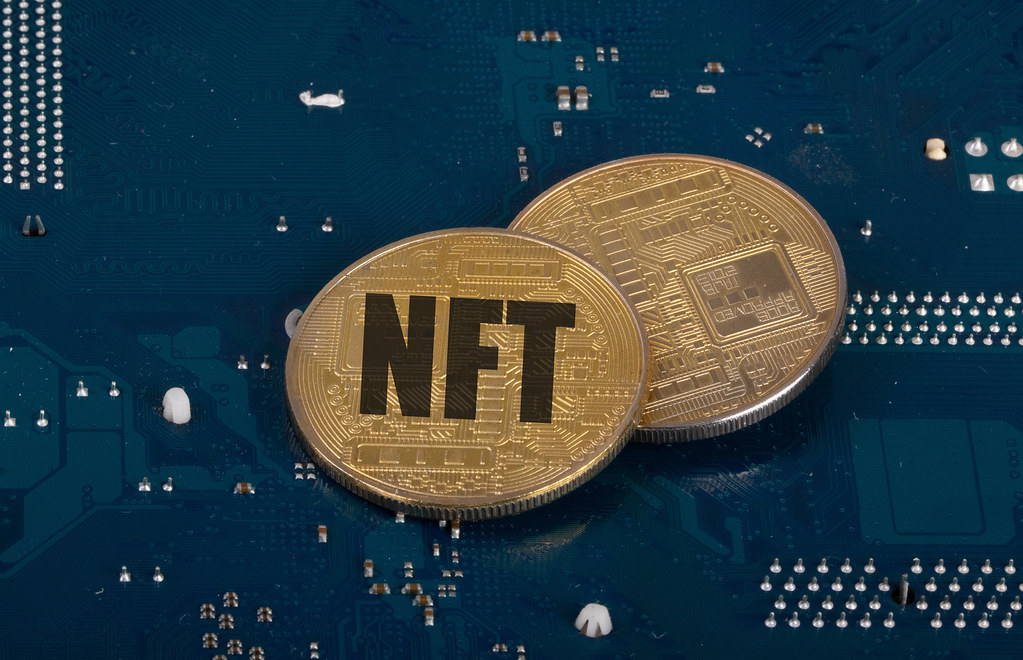
While ERC1155 and ERC721 both allow for the creation of NFTs, they differ in their technical implementation and the features they offer. Choosing the right token standard for your project can impact the functionality, usability, and security of your NFTs. In the following sections, we will compare ERC1155 and ERC721 in terms of their token structure, features, technical implementation, security, popularity, and potential future developments.
Token Structure
The token structure of ERC1155 and ERC721 is a fundamental difference between the two standards. ERC1155 tokens are semi-fungible, meaning that multiple instances of the same token ID can exist with different quantities and attributes. For example, a game developer could create an ERC1155 token that represents a sword, with each token having different attributes such as damage, durability, and rarity. This allows for the creation of a more diverse range of digital assets and can be more efficient in terms of gas costs, since multiple tokens can be created with a single transaction.
In contrast, ERC721 tokens are non-fungible, meaning that each token ID is unique and cannot be duplicated. For example, if a game developer creates an ERC721 token that represents a rare weapon, there can only be one instance of that token ID in existence. This makes ERC721 tokens better suited for creating one-of-a-kind assets, such as collectibles or artwork.
Token Features
Another key difference between ERC1155 and ERC721 tokens is the features they offer. ERC1155 tokens have a number of advantages over ERC721 tokens in terms of flexibility and functionality. Some of the key features of ERC1155 tokens include:
Semi-fungibility: As mentioned above, ERC1155 tokens allow for multiple instances of the same token ID with different quantities and attributes. This can be useful for creating game items, where different instances of the same item can have different stats or abilities.
Batch transfers: ERC1155 tokens allow for batch transfers, meaning that multiple tokens can be transferred in a single transaction. This can be more efficient than transferring tokens one at a time.
Atomic swaps: ERC1155 tokens support atomic swaps, which means that two parties can exchange different tokens in a single transaction. This can be useful for creating decentralized marketplaces or exchanges.
Lower gas costs: Since ERC1155 tokens can represent multiple instances of the same asset, they can be more gas-efficient than ERC721 tokens, which can only represent one unique asset per token ID. This can be especially important for high-volume transactions or for creating complex NFT ecosystems.
On the other hand, ERC721 tokens have some unique features that make them better suited for certain use cases. Some of the key features of ERC721 tokens include:
Uniqueness: Each ERC721 token represents a unique asset, which can make them more valuable for creating collectibles or artwork.
High security: Since each ERC721 token is unique, they are more difficult to replicate or counterfeit. This can make them more secure for high-value assets or for assets that require proof of ownership.
Established standard: ERC721 was the first NFT standard to be developed on the Ethereum blockchain, and it has been widely adopted by a number of platforms and projects. This can make ERC721 tokens more familiar and accessible to users.
Overall, the choice between ERC1155 and ERC721 will depend on the specific needs of your project. If you need to create a large number of semi-fungible assets, such as game items, ERC1155 may be the better choice. If you are creating unique, high-value assets, such as collectibles or artwork, ERC721 may be the better choice.
Technical Differences
The technical implementation of ERC1155 and ERC721 is another key difference between the two standards. ERC1155 is a more recent standard that was developed in 2018, and it is based on the ERC20 token standard. ERC721, on the other hand, was developed in 2017 and is a standalone standard.
One of the key technical differences between ERC1155 and ERC721 is the way they handle token ownership. With ERC721, each token ID has a unique owner, and ownership can be transferred between addresses using the transferFrom function. With ERC1155, ownership is determined by the balance of each token ID held by an address, and ownership can be transferred using the safeBatchTransferFrom function.
Another difference between ERC1155 and ERC721 is the way they handle metadata. ERC721 tokens typically store metadata on-chain, which can be expensive in terms of gas costs. ERC1155 tokens, on the other hand, can store metadata off-chain, which can be more cost-effective.
Security
Security is a critical consideration when creating NFTs, as they represent unique and valuable assets that can be targeted by hackers or malicious actors. Both ERC1155 and ERC721 tokens have security features that help protect against theft or fraud.
ERC721 tokens are considered to be more secure, as each token ID represents a unique asset that is difficult to replicate or counterfeit. This makes ERC721 tokens well-suited for high-value assets or for assets that require proof of ownership, such as real estate or intellectual property.
ERC1155 tokens also have security features that make them relatively secure. Since each token ID can represent multiple instances of the same asset, it can be more difficult for a hacker to target a specific instance of an asset. Additionally, ERC1155 tokens support multi-signature wallets, which can provide an additional layer of security.
Popularity and Adoption
Both ERC1155 and ERC721 tokens have been adopted by a number of platforms and projects in the blockchain space. ERC721 was the first NFT standard to be developed on the Ethereum blockchain, and it has been widely adopted by a number of popular projects, including CryptoKitties, Decentraland, and NBA Top Shot.
ERC1155 is a more recent standard, but it has also been adopted by a number of projects, including Enjin, ChainGuardian, and The Sandbox. In addition, ERC1155 tokens are supported by a number of popular wallets, including MetaMask and Trust Wallet.
Overall, the popularity and adoption of each standard will depend on the specific needs of the project and the community surrounding it. It is important to consider both standards and their respective communities when deciding which standard to use for your project.
Gas Costs
Gas costs are a key consideration when creating NFTs, as they can add up quickly and become a significant expense for users. Gas costs are the fees paid to miners on the Ethereum blockchain to process transactions and execute smart contracts.
ERC721 tokens typically have higher gas costs than ERC1155 tokens, as each token ID has its own metadata that must be stored on-chain. This can make ERC721 tokens more expensive to create and trade.
ERC1155 tokens, on the other hand, can store metadata off-chain, which can significantly reduce gas costs. Additionally, ERC1155 tokens allow for batch transfers, which can reduce gas costs even further when creating or trading multiple assets at once.
Interoperability
Interoperability is an important consideration when creating NFTs, as it can impact the ability to use and trade tokens across different platforms and ecosystems. Both ERC1155 and ERC721 tokens are interoperable with other Ethereum-based standards, such as ERC20 and ERC777.
However, ERC1155 tokens have an additional interoperability feature that makes them unique. Since each token ID can represent multiple instances of the same asset, it can be used to create fractional ownership or shared ownership of assets. This can be useful for creating investment opportunities or for pooling resources for high-value assets.
Future Developments
The NFT space is constantly evolving, and new developments and standards are being created all the time. It is important to consider the future developments of each standard when deciding which one to use for your project.
ERC721 is a well-established standard that has been widely adopted by a number of projects and platforms. However, there may be limitations to the standard that could be addressed by future developments or improvements.
ERC1155 is a more recent standard, but it has already been adopted by a number of projects and is supported by a number of popular wallets. Additionally, there are ongoing developments and improvements to the standard, such as the upcoming ERC1155 v2 standard, which will introduce new features and improvements to the standard.
Overall, it is important to consider both the current state and future developments of each standard when deciding which one to use for your project.
Video: ERC721 vs ERC1155 in 2 mins
Conclusion
ERC1155 and ERC721 are two of the most popular NFT standards on the Ethereum blockchain. While they share some similarities, such as the ability to represent unique assets and to be traded on decentralized marketplaces, they also have some key differences in terms of functionality, technical implementation, security, popularity and adoption, gas costs, interoperability, and future developments.
Ultimately, the choice between ERC1155 and ERC721 will depend on the specific needs of your project. If you need to create a large number of semi-fungible assets, such as game items, ERC1155 may be the better choice. If you are creating unique, high-value assets, such as collectibles or artwork, ERC721 may be the better choice. It is important to carefully consider the features and limitations of each standard before making a decision.






